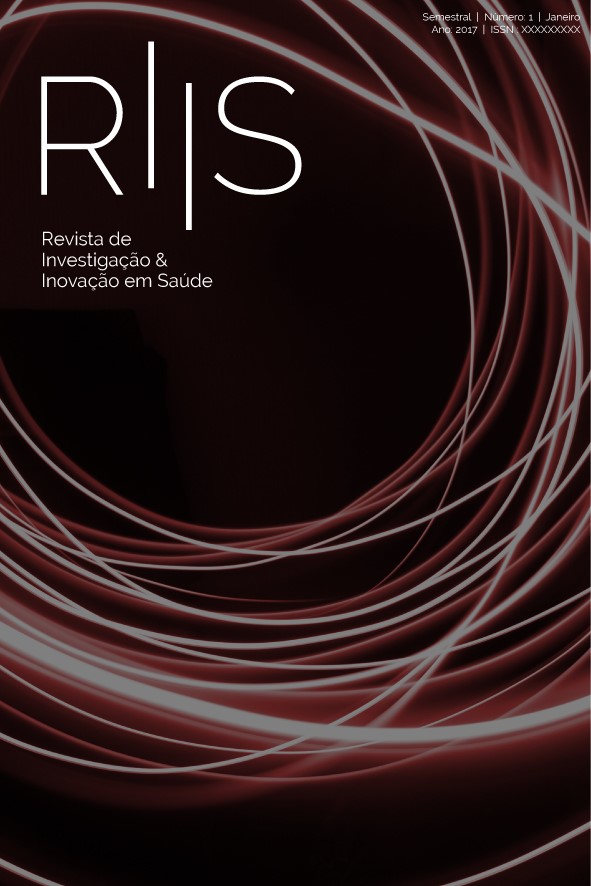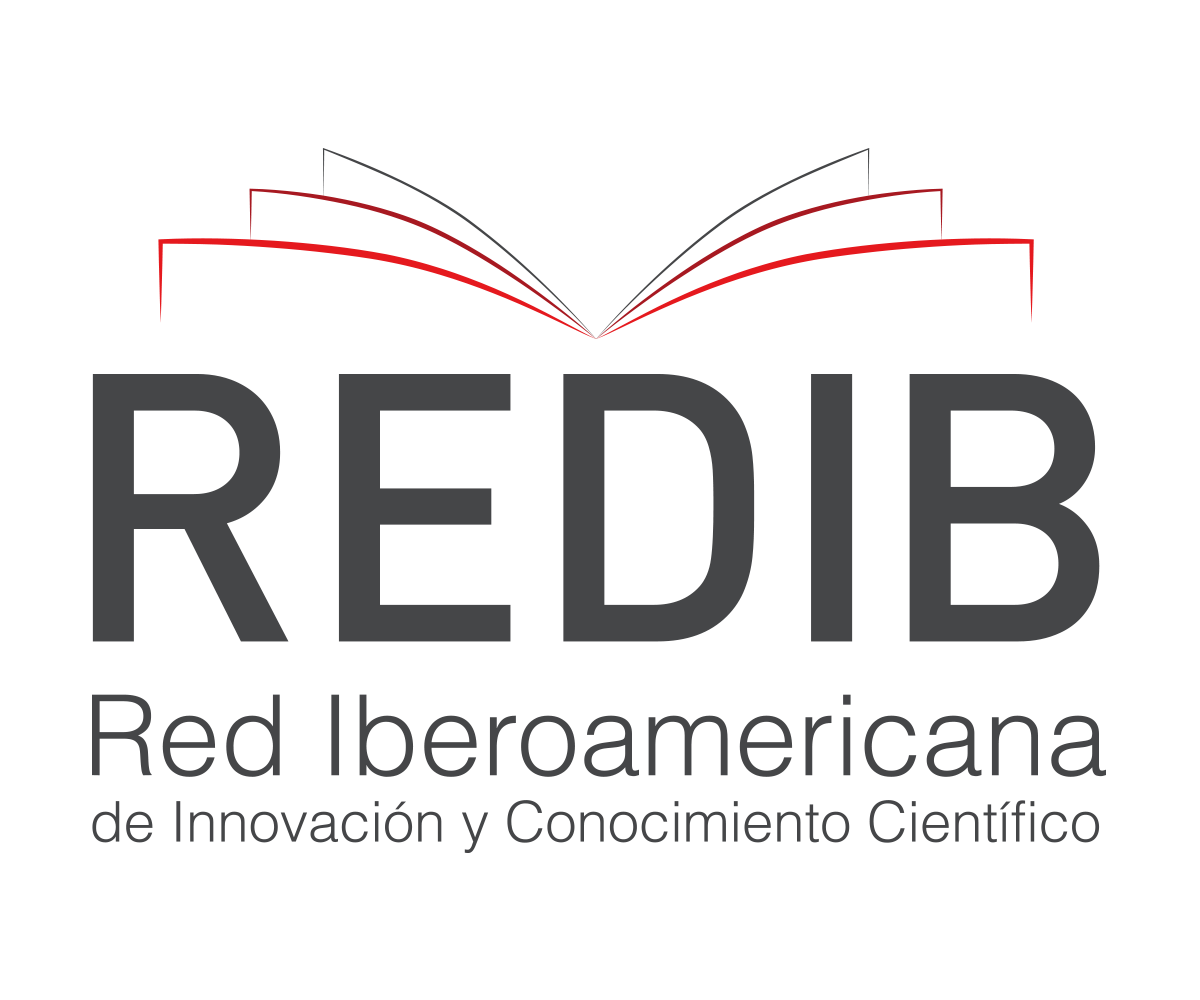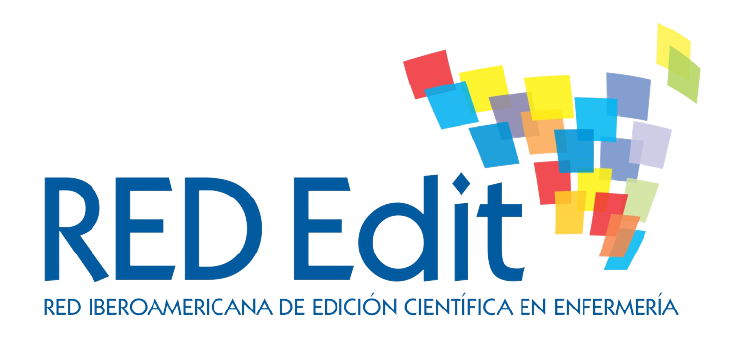Virtual simulator in oncology for teaching catheter care fully implemented for nursing students: experimental study
DOI:
https://doi.org/10.37914/riis.v8i1.430Keywords:
education, nursing, continuing, virtual reality, students, nursing, learning health systemAbstract
Background: the virtual simulator emerges as an effective technological tool in the teaching-learning process. Objective: to compare the effectiveness of two teaching strategies in training nursing students in oncology, focusing on catheter insertion and care for fully implanted central venous catheters. Methodology: an experimental, controlled, and randomized study conducted with 55 nursing students. Participants were divided into two groups - control and experimental - and underwent different educational interventions with identical content. Statistical analysis included hypothesis testing and regression, with a significance level set at 5%. Results: the sample included 55 students (mostly women, aged between 21 and 23). Both groups showed improvement in learning after the intervention, but without statistical significance. However, the experimental group showed a significant improvement (p=0.003) in managing fully central venous in relation to adverse events. No significant differences were observed concerning sociodemographic profile, education, or digital fluency. Conclusion: the training program using virtual reality simulation proved as effective as the face-to-face course combined with a virtual learning environment, with better outcomes in knowledge about adverse events for the experimental group.
References
Aguiar, B., Gomes, M., Lins, A., & Muniz, M.T. (2021). Utilização da Realidade Virtual para o Ensino em Saúde. Revista Educação Inclusiva, 5(1), 106-117. https://revista.uepb.edu.br/REIN/article/view/325/292
Barros, P. R., Cazela, S. C., Bez, M. R., Flores, C. D., Dahmer, A., Mossmann, J. B., Fonseca, J. M., & Maroni, V. (2012). Um Simulador de Casos Clínicos Complexos no Processo de Aprendizagem em Saúde. RENOTE. Revista Novas Tecnologias na Educação. 10(1), 1-11. https://doi.org/10.22456/1679-1916.30867
Bezerra, I.M.P. (2020). State of the art of nursing education and the challenges to use remote technologies in the time of corona virus pandemic. J Hum Growth Dev. 30(1), 141–147. https://doi.org/10.7322/jhgd.v30.10087
Carley, A. (2015). Using technology to enhance nurse practitioner student engagement. Nurs Pract. 40(7), 47-54. https://doi.org/10.1097/01.NPR.0000465119.04536.0e
Cavalcante, C.B.T.L., Pereira, C.R.C., Souza, S.R., Brito, R.A.S., Nunciaroni, A.T., & Corrêa, V.A.F. (2022). Ensino da prática de cuidado em oncologia na graduação em enfermagem: estudo qualitativo. Research, Society and Development. 11(3), e52811326693. https://doi.org/10.33448/rsd-v11i3.26693
Costa, R.R.O., Medeiros, S.M., Martins, J.C.A., Menezes, R.M.P., & Araújo, M.S. (2015). O uso da simulação no contexto da educação e formação em saúde e enfermagem: uma reflexão acadêmica. Revista Espaço para a Saúde. 16 (1), 59-65. https://doi.org/10.22421/15177130-2015v16n1p59
Damacena, D.E.L., Pereira, D.A., Vidal, A.S., & Farias, M.D.S.B. (2020). O cuidado de enfermagem e o port-a-cath ou cateter totalmente implantado em pacientes oncológicos: uma revisão da literatura. Brazilian Journal of Surgery and Clinical Research, 30 (2), 83–85. http://www.mastereditora.com.br/bjscr
Darmann-Finck, I., Wolf, K.D., Schepers, C., & Küster, J. (2016). Digital unterstütztes Lernen in der Pflegeausbildung. MedienPädagogik: Zeitschrift für Theorie und Praxis der Medienbildung. Medien Pädagogik, 16, 317–345. https://doi.org/10.21240/mpaed/jb16/2021.04.30.X
Dörner, R., Broll, W., Grimm, P., & Jung, B. (2022). Virtual und Augmented Reality (VR/AR). Springer. https://link.springer.com/book/10.1007/978-3-030-79062-2
Elfagi, S.A., Nouh, F.G., & Elmansory, M.A. (2022). The Perception of Graduates on the Curriculum for Nutrition Education A Case Study at the Faculty of Public Health at the University of Benghazi. Journals Misuratau. 155-166. https://doi.org/10.36602/jebs.2022.I03.0
Fehring, R.J. (1987). Methods to validate nursing diagnoses. Heart Lung. 16, 625–9. https://core.ac.uk/download/pdf/213076462.pdf
Fischer, U.H.P., Müller, M., & Neumüller, M., (2021). Digitalisierung in der Pflegebranche fördern. Pflegezeitschrift. 74, 57–61. https://doi.org/10.1007/s41906-021-1148-x
Foronda, C.L., Alfes, C., Dev, P., Kleinheksel, A.J., Nelson, D., O'Donnell, J., & Samosky, J. (2017). Virtually Nursing. Emerging Technologies in Nursing Education. Nurse Educator. 42(1), 14-17.
https://doi.org/10.1097/NNE.0000000000000295
Gallego,s C., Tesar, A.J., Connor, K., & Martz, K. (2017). The use of a game-based learning platform to engage nursing students: a descriptive, qualitative study. Nurs Educ Pract. 27, 101-106. https://doi.org/10.1016/j.nepr.2017.08.019
Gasperin, B.D.M., Zanirati, T., & Cavazzola, L.T. (2018). A Realidade Virtual pode ser tão boa como o treinamento em Sala Cirúrgica? Experiências de um Programa de Residência em Cirurgia Geral. ABCD Arq Bras Cir Dig. 31(4), e1397. https://doi.org/10.1590/0102-672020180001e1397
Gewandter, J.S., Eisenach, J.C., Gross, R.A., Jensen, M.P., Keefe, F.J., Lee, D.A., & Turk, D.C. (2019). Checklist for the preparation and review of pain clinical trial publications: a pain-specific supplement to CONSORT. PAIN Reports 4(3), e621,
https://doi.org/10.1097/PR9.0000000000000621
Gottems, L.B.D., Alvarez, A.M., & Almeida, L.M.W.S. (2014). Nursing education: quality, innovation and accountability. Rev Bras Enferm. 67 (4), 499–501. https://doi.org/10.1590/0034-7167.2014670401
Hernández-Nieto, R.A. (2002). Contributions to statistical analysis. Universidad de Los Andes
Hong, C., & Wang, L. (2023). Virtual Reality Technology in Nursing Professional Skills Training: Bibliometric Analysis. JMIR Serious Games. 11 e44766. https://doi.org/ 10.2196/44766
Jafarizadeh, H., Rahmani, A., Habibzadeh, H., Amiri, S., Moghaddam, A.S., & Moradi, Y. (2017). The effect of blended training (Programmed and Lecture-Based Training) on learning health status assessment course among nursing students. Bali Med J. 6(3), 606-610. https://doi.org/10.15562/bmj.v6i3.688
Johnsen, H.M., Fossum, M., Vivekananda-Schmidt, P., Fruhling, A., & Slettebø, Å. (2018). Developing a Serious Game for Nurse Education. J Gerontol Nurs. 44(1), 15-19. https://doi.org/10.3928/00989134-20171213-05
Lessmann, J.C., Lanzoni, G.M.M., Gubert, E., Mendes, P.X.G., Prado, M.L., & Backes, V.M. (2012). Educação profissional em enfermagem: necessidades, desafios e rumos. Rev Min Enferm. 16(1), 106–10. http://www.revenf.bvs.br/pdf/reme/v16n1/15.pdf
Lima, V.V. (2017). Constructivist spiral: an active learning methodology. Interface. 21(31), 421-34. https://doi.org/10.1590/1807-57622016.0316
Matsubara, M.G.S., & Domenico, E.B.L. (2016). Building a Virtual Learning Environment for Distance Education in Nursing Oncology. Int Arch Nurs Health Care 2(2), 1-5. https://doi.org10.23937/2469-5823/1510049
Matsubara, M.G.S., & Domenico, E.L.B. (2016). Virtual Learning Environment in Continuing Education for Nursing in Oncology: an Experimental Study. J Cancer Educ. 31(4), 804-810. https://doi.org/10.1007/s13187-015-0889-x
McGaghie, W.C., Issenberg, S.B., Cohen, E.R., Barsuk, J.H., & Wayne, D.B. (2011). Does simulation-based medical education with deliberate practice yield better results than traditional clinical education? A meta-analytic comparative review of the evidence. Acad Med. 86(6), 706-711. https://doi.org/10.1097/ACM.0b013e318217e119
Netto, A.V. (2021). Desenvolvimento de uma plataforma educacional baseada em realidade virtual para treinamento profissional. Revista Iberoamericana de Tecnología en Educación y Educación en Tecnología. 30, 66-73. https://doi.org/10.24215/18509959.30.e7
Netto, A.V., & Silva, C.I. (2022). Desenvolvimento de uma plataforma andragógica baseada em simulação virtual para qualificação e avaliação de alunos da área de saúde. Revista de Saúde Digital e Tecnologias Educacionais. 7(1), 65-80. http://periodicos.ufc.br/resdite/index
Niederberger, M., & Spranger, J. (2020). Delphi Technique in health sciences: a map. Front Public Health. 8, 457. https://doi.org/10.3389/fpubh.2020.00457
Padilha, J.M., Machado, P.P., Ribeiro, A., Ramos, J., & Costa, P. (2019). Clinical Virtual Simulation in Nursing Education: Randomized Controlled Trial. J Med. Internet Res. 21(3), e11529. https://doi.org/10.2196/11529
Pfeifer, L., Fries, S., Stirner, A., Nagel, L., Cohnen, C., Aschentrup, L., Schönbeck, M., Nauerth, A., Raschper, P., Herzig, T., & Wrona, K.J. (2024). Positive Aspects and Potential Drawbacks of Implementing Digital Teaching/Learning Scenarios in Health Professions Using Nursing Education as an Example: A Research Report from Germany. Nurs Rep. 14 (1), 468-481. https://doi.org/10.3390/nursrep14010036
Riley, R.D., Snell, K.I.E, Ensor, J., Burke, D.L., Harrell Jr, Karel, GM Moons K.G.M, & Collins, G.S. (2019).Minimum sample size for developing a multivariable prediction model: PART II - binary and time-to-event outcomes. Statistics in Medicine. 38, 1276–1296. https://doi.org/full/10.1002/sim.7992
Rocha, C.J.T., Farias, S.A., 2020. Metodologias Ativas De Aprendizagem Possíveis Ao Ensino De Ciências E Matemática. REAMEC - Rede AmazEduc em Ciências e Matemática. 8 (2), 69-87. https://doi.org/10.26571/reamec.v8i2.9422
Rudarakanchana, N., Van Herzeele, I., Desender, L., Cheshire, N. J., 2015. Virtual reality simulation for the optimization of endovascular procedures: Current perspectives. Vasc Health Risk Manag. 11:195-202. https://doi.org/10.2147/VHRM.S46194
Serpa, L.F., Netto, A.V., 2024. Percepção de enfermeiras educadoras sobre treinamento simulado utilizando realidade virtual aplicado aos alunos do curso de enfermagem. Revista Saúde em Redes. 10 (1), 4267. https://doi.org/10.18310/2446-4813.2024v10n1.4267
Sung, H., Ferlay, J., Siegel, R.L., Laversanne, M., I., Soerjomataram, I., Jemal, A., & Bray, F. (2021). Global Cancer Statistics 2020: GLOBOCAN Estimates of Incidence and Mortality Worldwide for 36 Cancers in 185 Countries. CA Cancer J Clin. 71(3), 209-249. https://doi.org/10.3322/caac.21660
van Smeden, M., Moons, K.G.M., Joris, A.H. de Groot, J.A.H., Gary S Collins, G.S., Altman D.G., Eijkemans, M.Jc., & Reitsma, J.B. (2019). Sample size for binary logistic prediction models: Beyond events per variable criteria. Statistical Methods in Medical Research. 28 (8) 2455–2474. https://doi.org/10.1177/0962280218784726
Ximenes, F.R.G., Neto, D.L., Ribeiro, M.A., Freire, N.P., Kalinowski, C.E., Oliveira, E.N., & Albuquerque, I.M.A.N. (2020). Reflections on Brazilian nursing education from the regulation of the unified health system. Cienc e Saude Coletiva. 25(1), 37–46. https://doi.org/10.1590/1413-81232020251.27702019
Zarili, T.F., & Nemes, M.I. (2021). Técnica Delphi no processo de validação do Questionário de Avaliação da Atenção Básica (QualiAB) para aplicação nacional. Saude Soc. 30(2), e190505. https://doi.org/10.1590/S0104-12902021190505
Downloads
Published
How to Cite
Issue
Section
License
Copyright (c) 2025 Maria das Graças Silva Matsubara Matsubara, Eliza Costa Cijevschi, Leticia Faria Serpa, Antônio Valerio Netto, Daiane Arruda Saraiva, Rita Maria Lino Tarcia

This work is licensed under a Creative Commons Attribution 4.0 International License.















